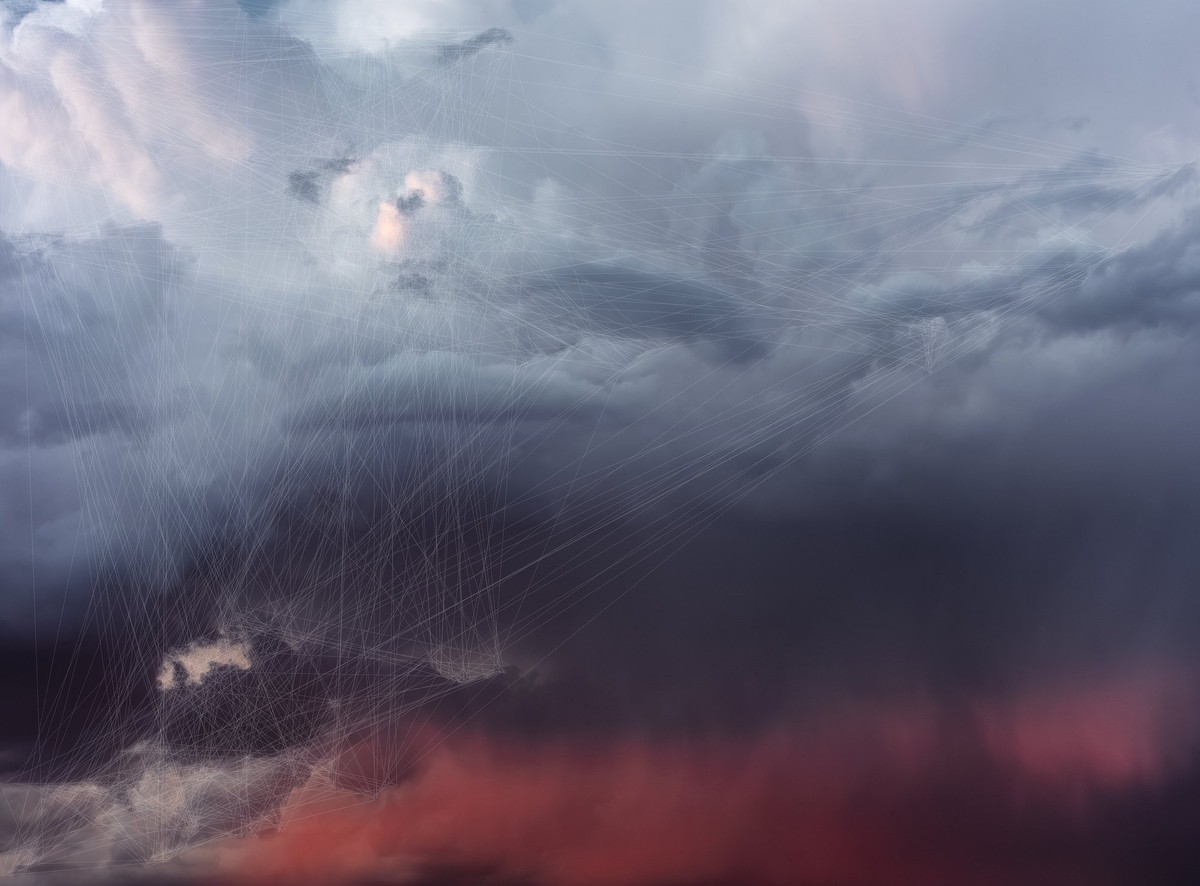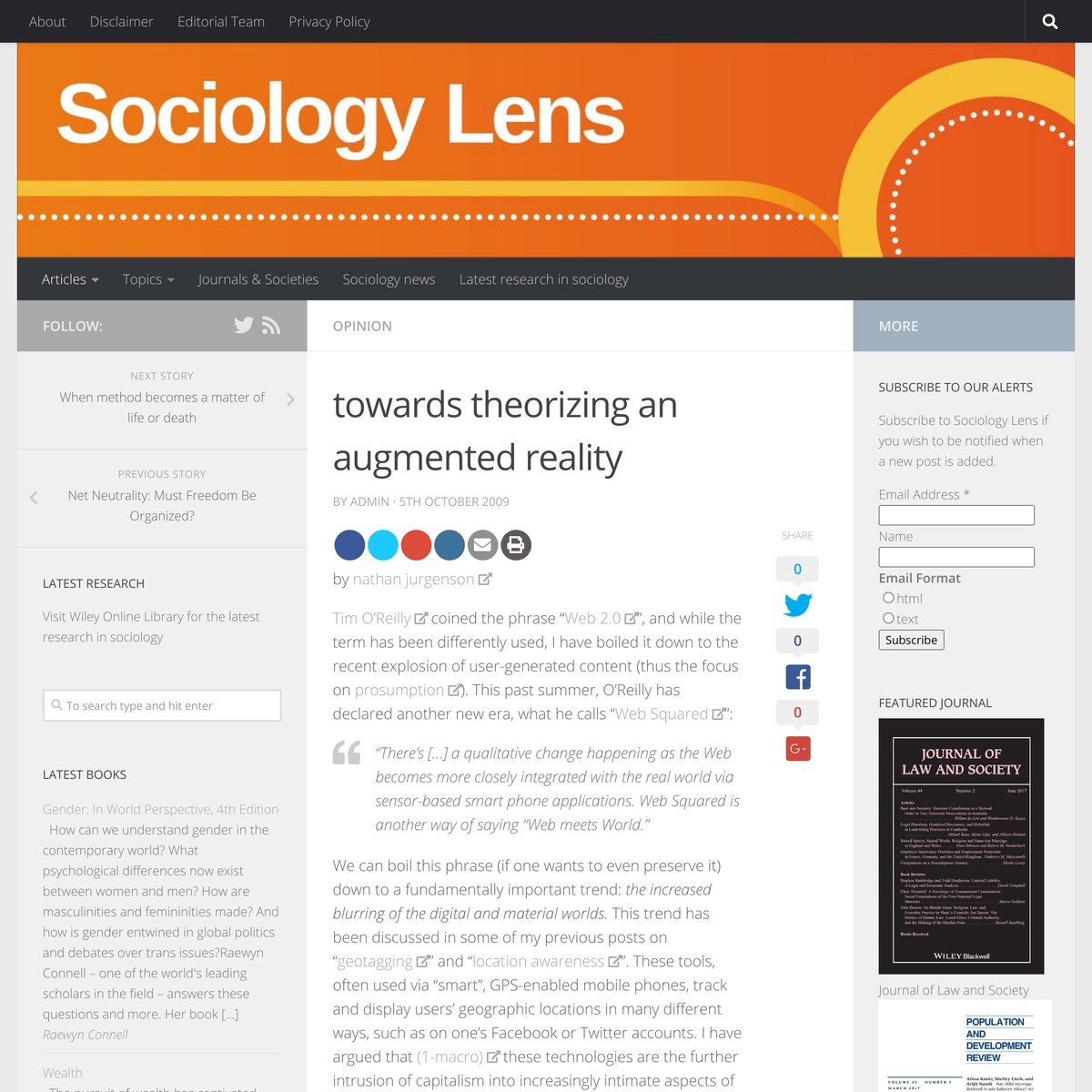syn·site
in Robert Smithson's terms*: (a partially generated and generative theory) The Synsite (an entangled situating) is an inter-dimensional picture that is amorphous, and yet it represents an interweaving of actual and virtual sites (an amalgamation of the Pine Barrens Plains, ML-scene processing, and the hyper-saturated yellow-green of a pool of disintegrated oak pollen, for instance). It is by this inter-dimensional metaphor that one entangled situating can represent another entangled situating, which does not resemble it—thus The Synsite. To comprehend this language of situating is to appreciate the metaphor between the syntactical construct and the complex of ideas, permitting the former to operate as a inter-dimensional picture that doesn't look like a picture. ... Between the actual-virtual sites in their respective planes and The Synsite itself exists a metaphoric space of collapsible significance. Perhaps "travel" through this space is a boundless metaphor. Everything in and between the entangled situatings could transform into physical metaphorical material devoid of natural meanings or realistic assumptions. Let us say that one embarks on many fictitious journeys at once if one decides to seek the site of the Synsite. Each “journey” is invented, devised, artificial; one might call it a syn-trip to a site from a Synsite. Once one arrives at the “assembly,” one discovers that it is man-made in the form of a network, and that she mapped this network in an aesthetic and temporal entanglement rather than specific political or economic boundaries.
This revisited theory is currently collaborative but could be surrendered to the faceless corpus of AGI at any time. Like the sources they scrape, theories are also both used and abandoned. That theories are constant is dubious; that sources are singularly credited is increasingly doubtful. Vanished theories compose the dense data layers of countless LLMs.
in Robert Smithson's terms*: (a partially generated and generative theory) The Synsite (an entangled situating) is an inter-dimensional picture that is amorphous, and yet it represents an interweaving of actual and virtual sites (an amalgamation of the Pine Barrens Plains, ML-scene processing, and the hyper-saturated yellow-green of a pool of disintegrated oak pollen, for instance). It is by this inter-dimensional metaphor that one entangled situating can represent another entangled situating, which does not resemble it—thus The Synsite. To comprehend this language of situating is to appreciate the metaphor between the syntactical construct and the complex of ideas, permitting the former to operate as a inter-dimensional picture that doesn't look like a picture. ... Between the actual-virtual sites in their respective planes and The Synsite itself exists a metaphoric space of collapsible significance. Perhaps "travel" through this space is a boundless metaphor. Everything in and between the entangled situatings could transform into physical metaphorical material devoid of natural meanings or realistic assumptions. Let us say that one embarks on many fictitious journeys at once if one decides to seek the site of the Synsite. Each “journey” is invented, devised, artificial; one might call it a syn-trip to a site from a Synsite. Once one arrives at the “assembly,” one discovers that it is man-made in the form of a network, and that she mapped this network in an aesthetic and temporal entanglement rather than specific political or economic boundaries.
This revisited theory is currently collaborative but could be surrendered to the faceless corpus of AGI at any time. Like the sources they scrape, theories are also both used and abandoned. That theories are constant is dubious; that sources are singularly credited is increasingly doubtful. Vanished theories compose the dense data layers of countless LLMs.
SYN (along with, at the same time | from Greek SYN, with | ~SYNTHETIC) + SITE (N: point of event, occupied space, internet address; V: to place in position | from Latin SITUS, location, idleness, forgetfulness | ~WEBSITE ¬cite ¬sight), cf. SITE/NON-SITE (from Robert Smithson, A PROVISIONAL THEORY OF NONSITES, 1968)
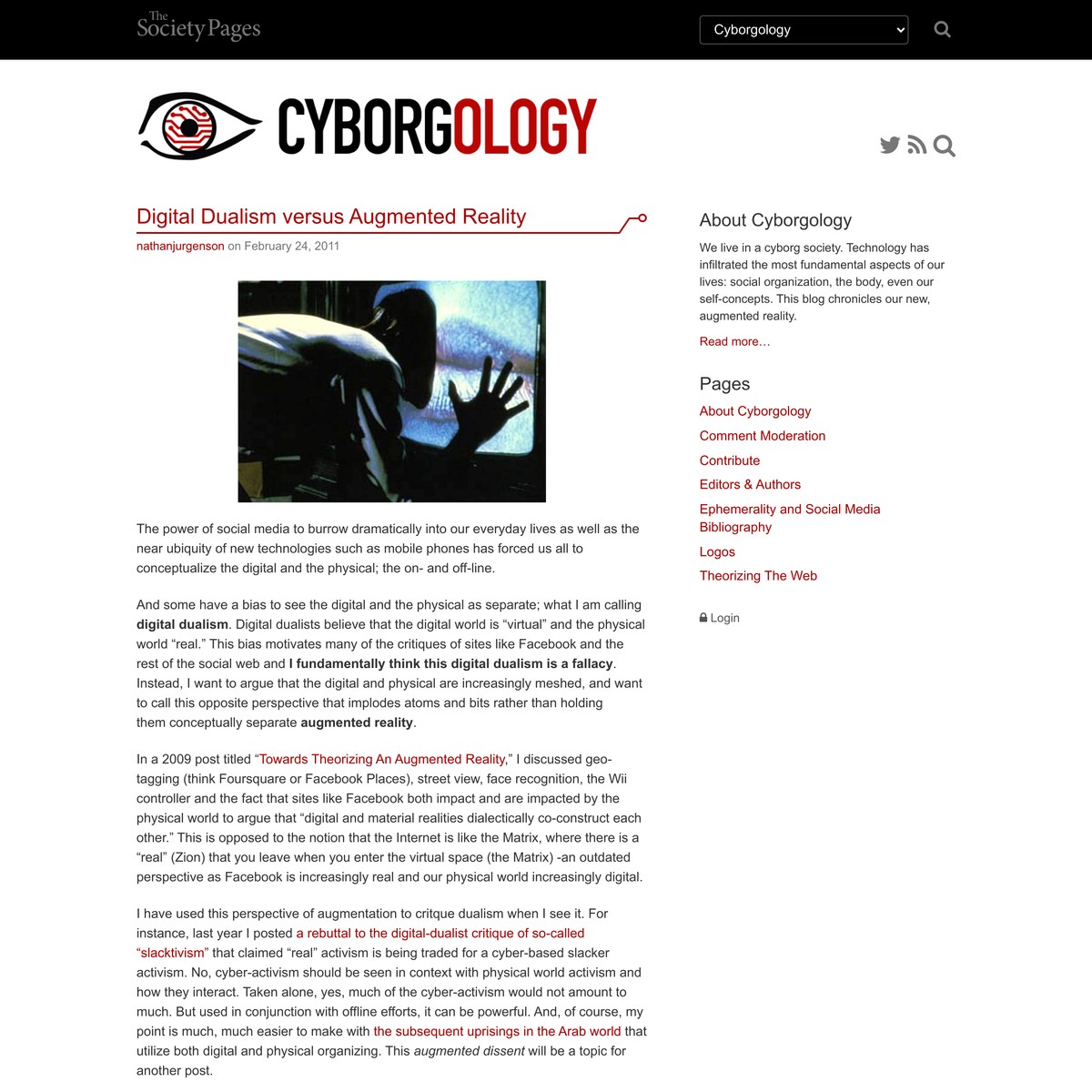


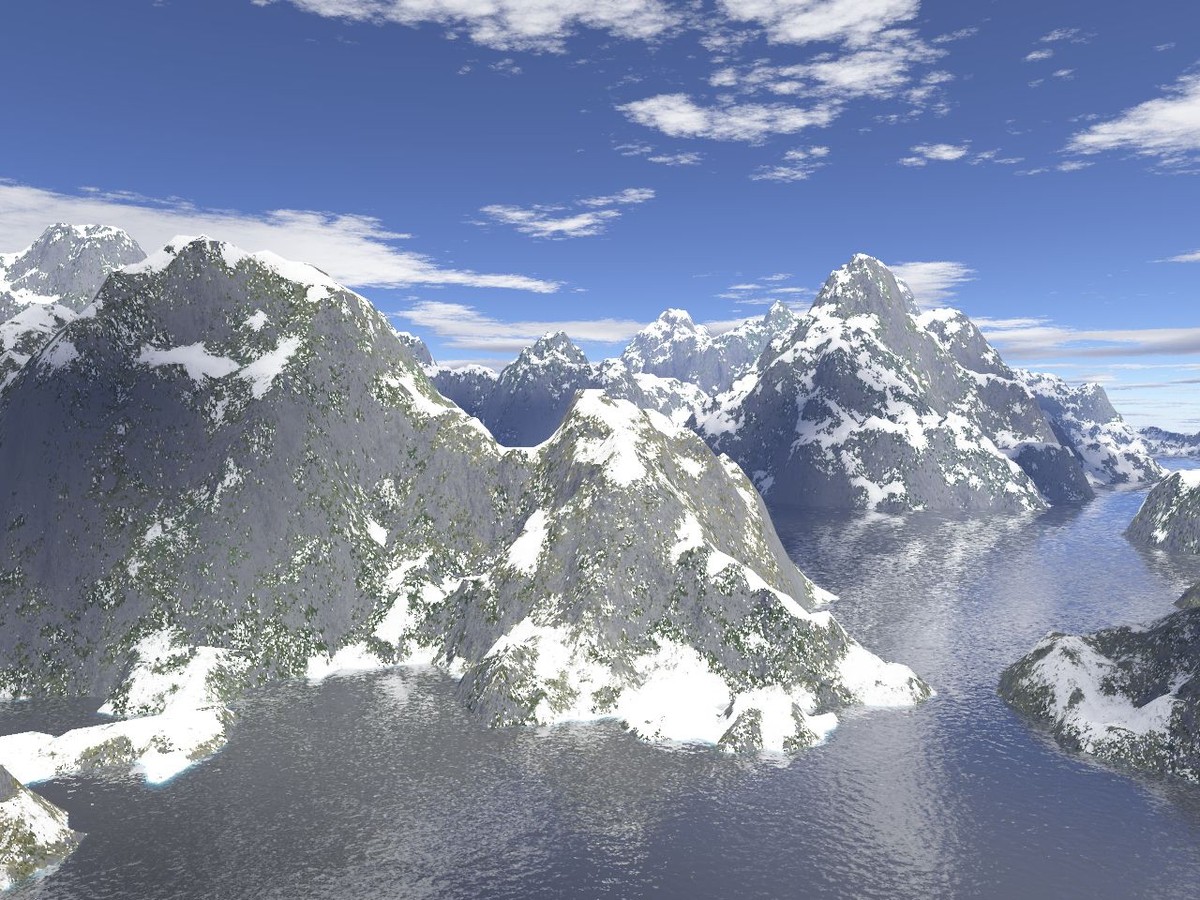


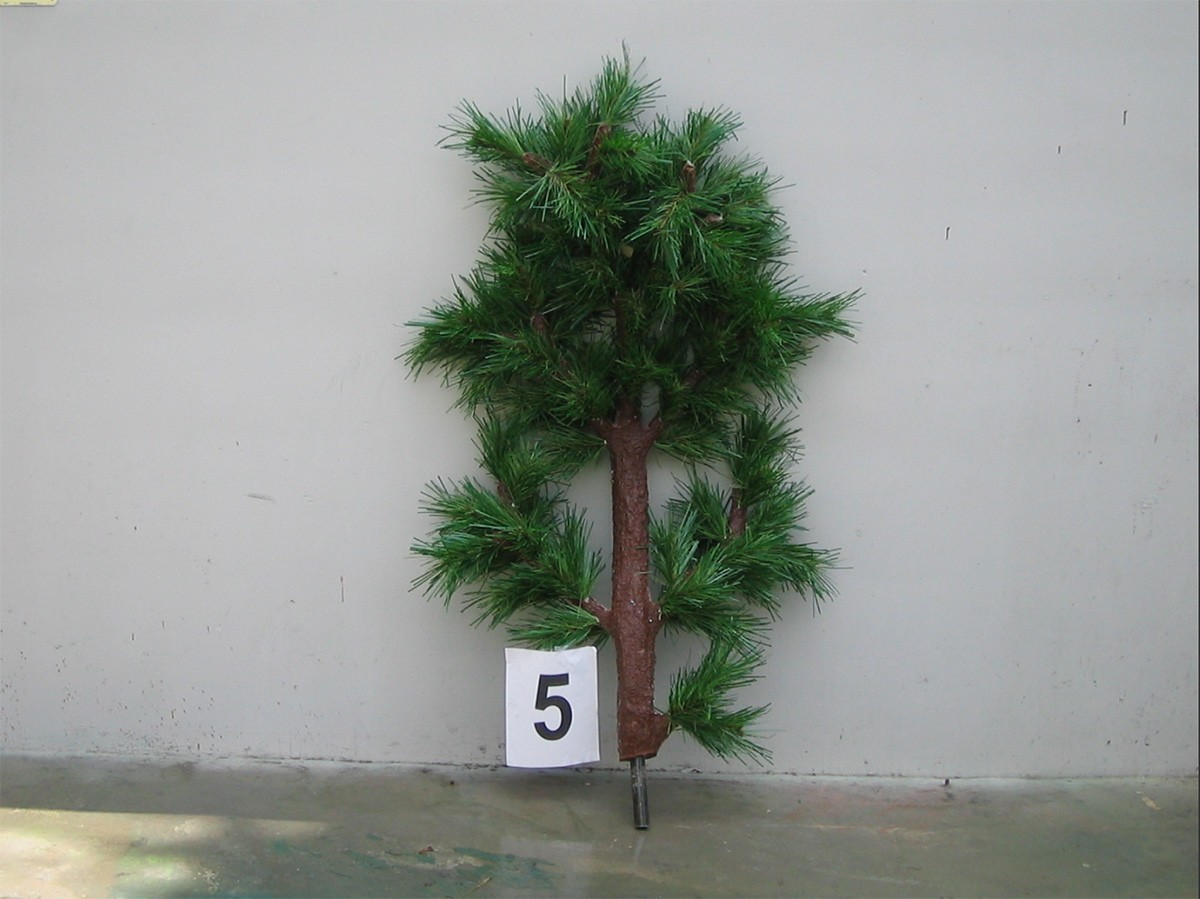


I am proposing an alternative view that states that our reality is both technological and organic, both digital and physical, all at once. We are not crossing in and out of separate digital and physical realities, ala The Matrix, but instead live in one reality, one that is augmented by atoms and bits. And our selves are not separated across these two spheres as some dualistic “first” and “second” self, but is instead an augmented self.
I am proposing an alternative view that states that our reality is both technological and organic, both digital and physical, all at once. We are not crossing in and out of separate digital and physical realities, ala The Matrix, but instead live in one reality, one that is augmented by atoms and bits. And our selves are not separated across these two spheres as some dualistic “first” and “second” self, but is instead an augmented self.
I am proposing an alternative view that states that our reality is both technological and organic, both digital and physical, all at once. We are not crossing in and out of separate digital and physical realities, ala The Matrix, but instead live in one reality, one that is augmented by atoms and bits. And our selves are not separated across these two spheres as some dualistic “first” and “second” self, but is instead an augmented self.
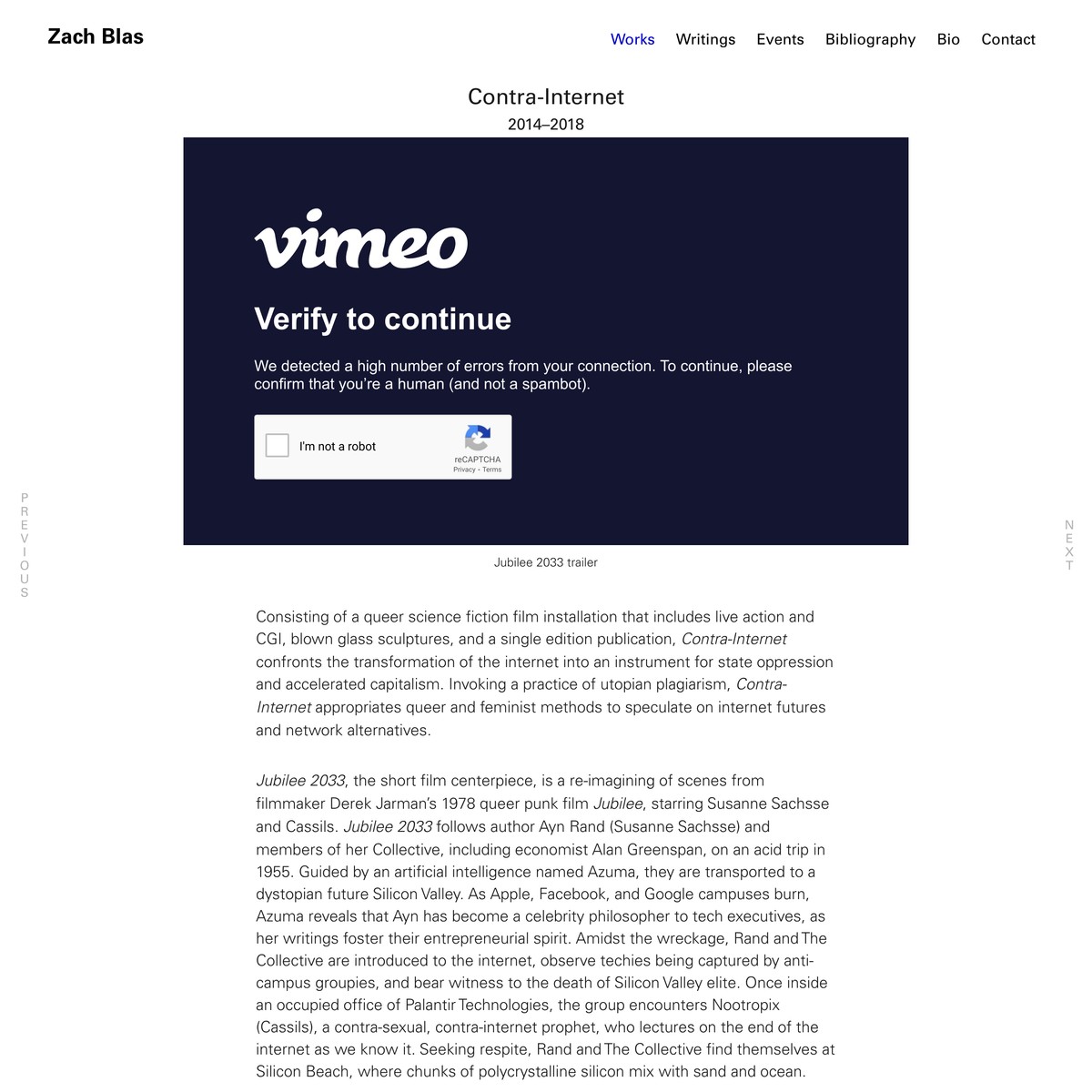


one continuous self, two sides of a vivacious equation looped together in a continual narrative of daily living and human existence. The glitch splits the difference; it is a plank that passes between the two.
one continuous self, two sides of a vivacious equation looped together in a continual narrative of daily living and human existence. The glitch splits the difference; it is a plank that passes between the two.
one continuous self, two sides of a vivacious equation looped together in a continual narrative of daily living and human existence. The glitch splits the difference; it is a plank that passes between the two.



The critique stems from the systematic bias to see the digital and physical as separate; often as a zero-sum tradeoff where time and energy spent on one subtracts from the other. This is digital dualism par excellence. And it is a fallacy.
The critique stems from the systematic bias to see the digital and physical as separate; often as a zero-sum tradeoff where time and energy spent on one subtracts from the other. This is digital dualism par excellence. And it is a fallacy.
The critique stems from the systematic bias to see the digital and physical as separate; often as a zero-sum tradeoff where time and energy spent on one subtracts from the other. This is digital dualism par excellence. And it is a fallacy.
"Computer vision and artificial intelligence have become ubiquitous. We are now living in a world of planetary-scale 'Smart Cities' that track license plates, cell phone signals, faces, and pedestrian movements; self-driving cars autonomously navigate urban environments; robotic factories use computer vision for quality assurance and logistics. The works in this exhibition seek to provide a small glimpse into the workings of these platforms, and into the underlying data that structures how machines 'perceive' images, language, landscapes, and people."
"Computer vision and artificial intelligence have become ubiquitous. We are now living in a world of planetary-scale 'Smart Cities' that track license plates, cell phone signals, faces, and pedestrian movements; self-driving cars autonomously navigate urban environments; robotic factories use computer vision for quality assurance and logistics. The works in this exhibition seek to provide a small glimpse into the workings of these platforms, and into the underlying data that structures how machines 'perceive' images, language, landscapes, and people."
"Computer vision and artificial intelligence have become ubiquitous. We are now living in a world of planetary-scale 'Smart Cities' that track license plates, cell phone signals, faces, and pedestrian movements; self-driving cars autonomously navigate urban environments; robotic factories use computer vision for quality assurance and logistics. The works in this exhibition seek to provide a small glimpse into the workings of these platforms, and into the underlying data that structures how machines 'perceive' images, language, landscapes, and people."
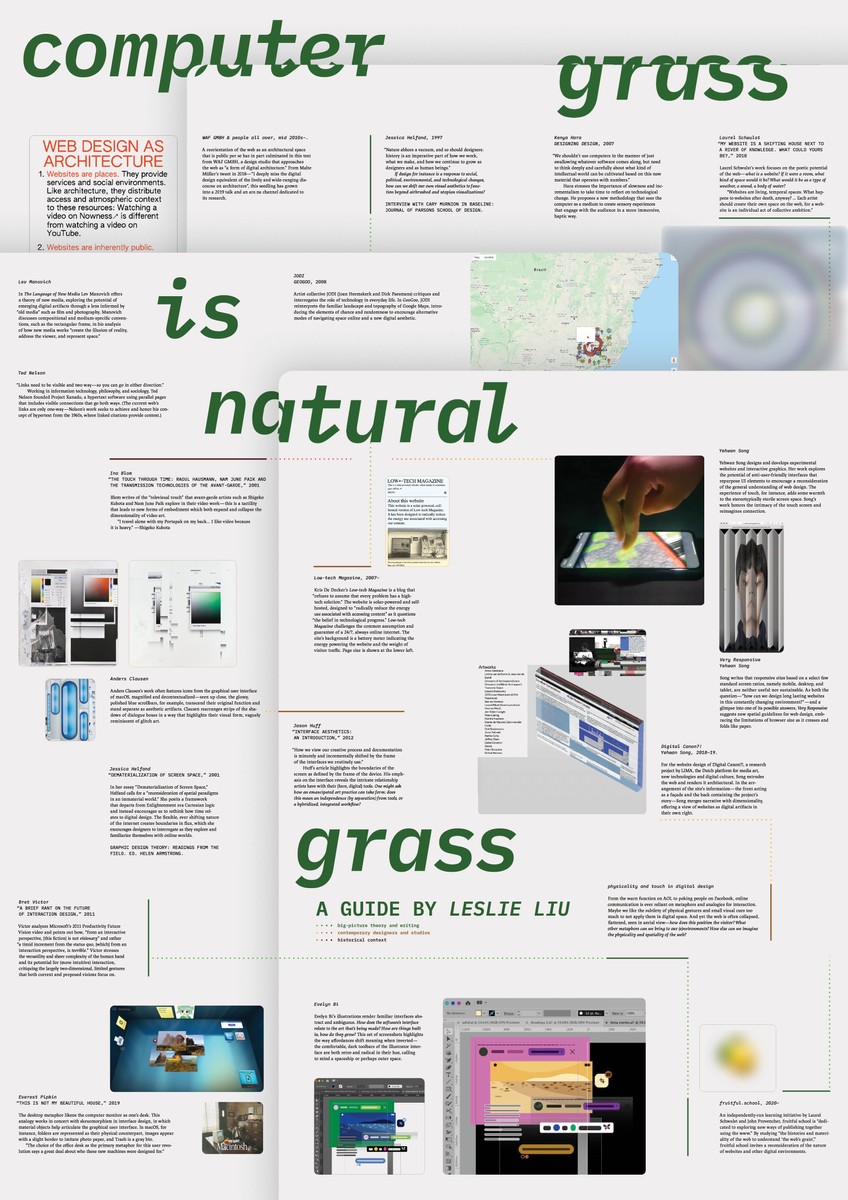








...it is possible to assert that cyberspace is “just like” real space only if one ignores that cyberspace is peopled by real users who experience cyberspace and real space as different but connected, with acts taken in one having consequences in the other. In all cases, theories of cyberspace as separate space give short shrift to cyberspace as both extension and evolution of everyday spatial practice—as a space neither separate from real space nor simply a continuation of it. That is to say, they ignore both the embodied, situated experience of cyberspace users and the complex interplay between real and digital geographies.
...it is possible to assert that cyberspace is “just like” real space only if one ignores that cyberspace is peopled by real users who experience cyberspace and real space as different but connected, with acts taken in one having consequences in the other. In all cases, theories of cyberspace as separate space give short shrift to cyberspace as both extension and evolution of everyday spatial practice—as a space neither separate from real space nor simply a continuation of it. That is to say, they ignore both the embodied, situated experience of cyberspace users and the complex interplay between real and digital geographies.
...it is possible to assert that cyberspace is “just like” real space only if one ignores that cyberspace is peopled by real users who experience cyberspace and real space as different but connected, with acts taken in one having consequences in the other. In all cases, theories of cyberspace as separate space give short shrift to cyberspace as both extension and evolution of everyday spatial practice—as a space neither separate from real space nor simply a continuation of it. That is to say, they ignore both the embodied, situated experience of cyberspace users and the complex interplay between real and digital geographies.
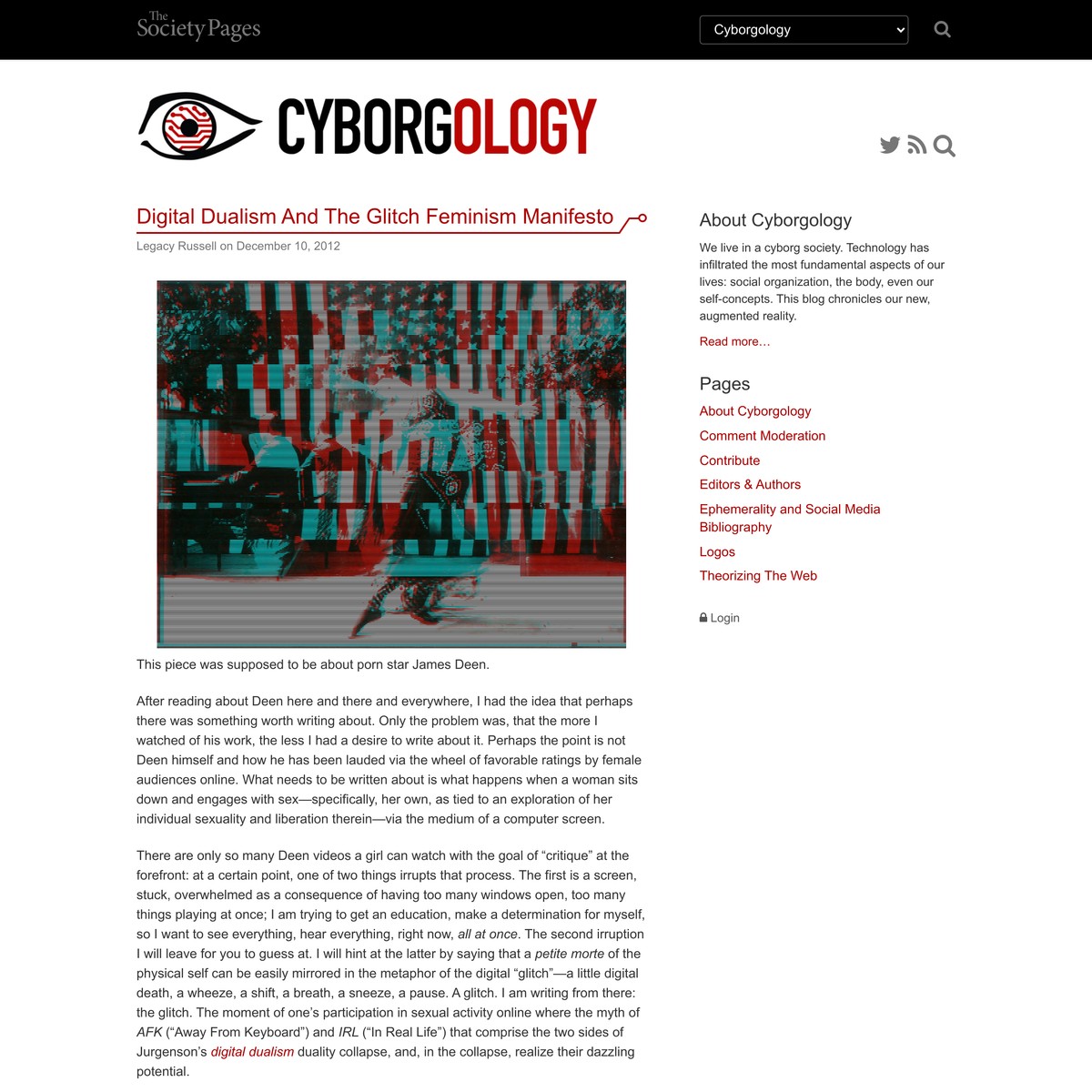





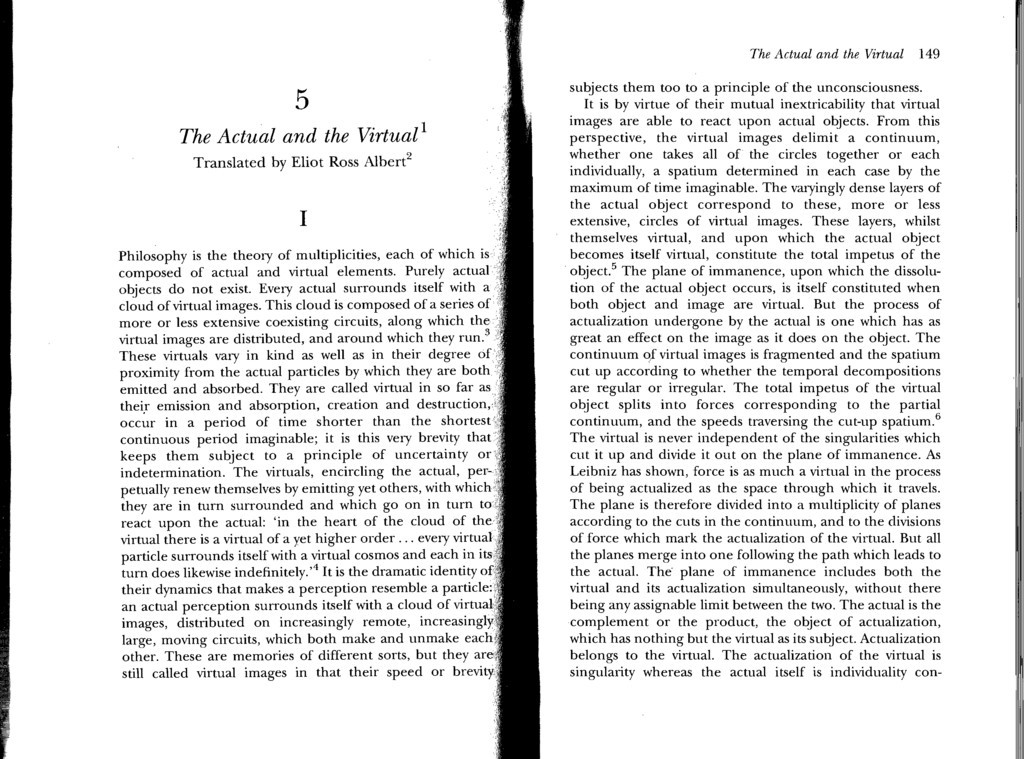


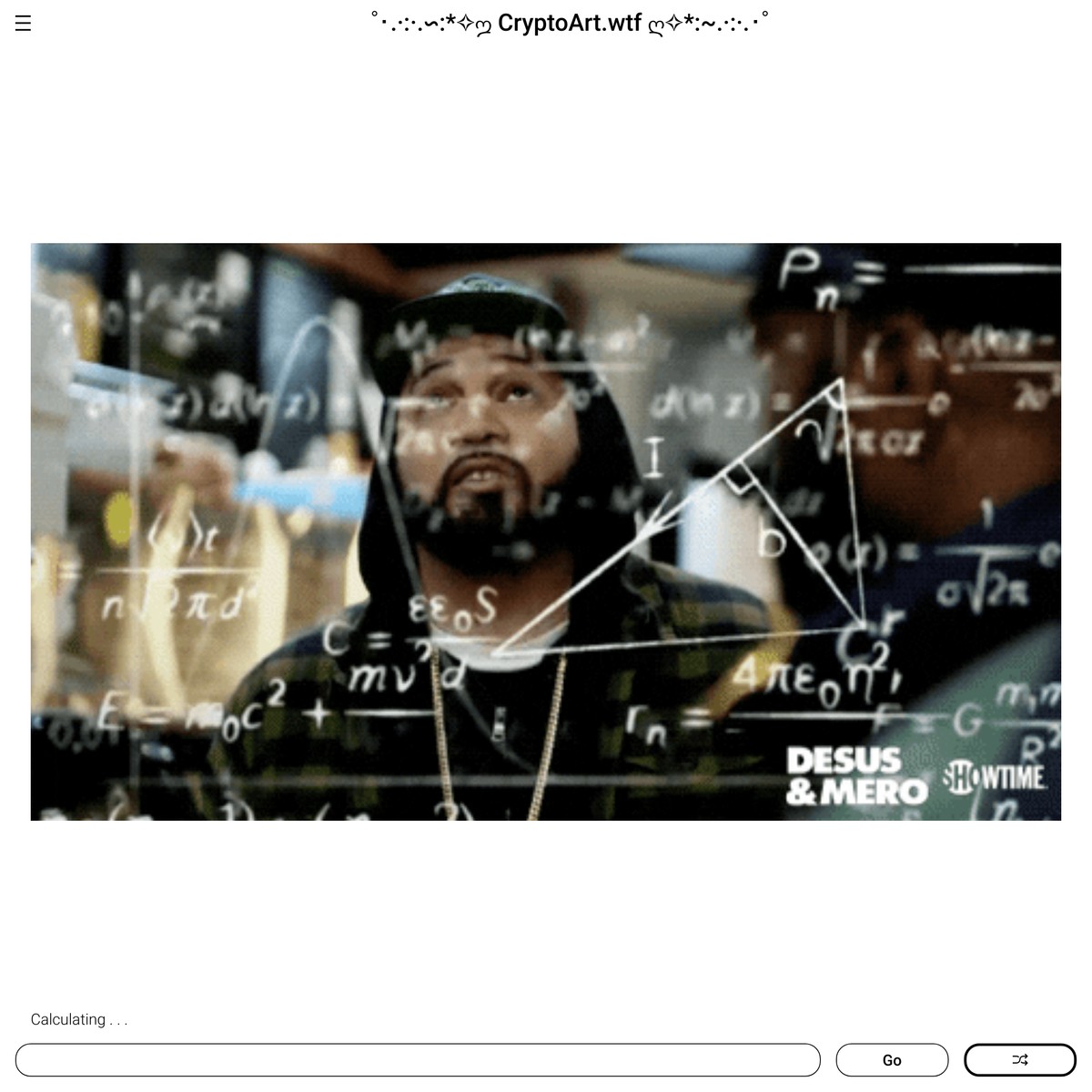





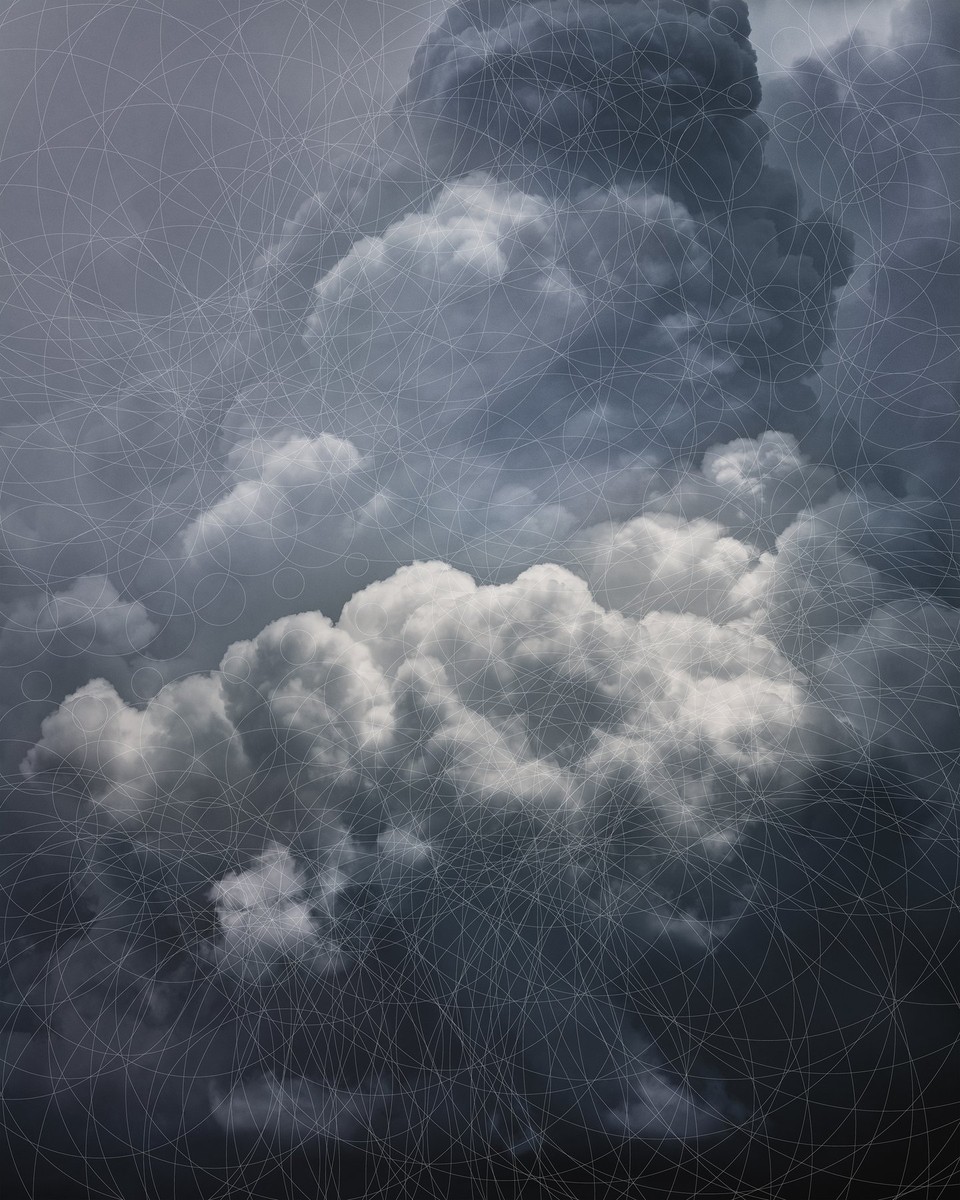





It is not purely that physical space is honest, whereas the internet is a site of deceit. Fetishizing the digital versus the physical in this way does a disservice to the imaginative potential of what worlds we can build therein.
It is not purely that physical space is honest, whereas the internet is a site of deceit. Fetishizing the digital versus the physical in this way does a disservice to the imaginative potential of what worlds we can build therein.
It is not purely that physical space is honest, whereas the internet is a site of deceit. Fetishizing the digital versus the physical in this way does a disservice to the imaginative potential of what worlds we can build therein.
A single click of a mouse sets off a chain reaction and sends a signal to mining farms around the world, which go on to have a footprint of 35 kWh for an ‘average’ transaction, with emissions of close to 20 KgCO2 for that single mouse click [...] An ETH transaction is thousands times more costly than other internet activities that individuals typically engage in. [...] Transactions relating to NFTs however, have more complexities involved.
[...]
A single NFT can involve dozens of transactions, and potentially more. These include minting, bidding, cancelling, sales and transfer of ownership.
[...]
This single NFT’s footprint is equivalent to a EU resident’s total electric power consumption for more than a month, with emissions equivalent to driving for 1000Km, or flying for 2 hours.
A single click of a mouse sets off a chain reaction and sends a signal to mining farms around the world, which go on to have a footprint of 35 kWh for an ‘average’ transaction, with emissions of close to 20 KgCO2 for that single mouse click [...] An ETH transaction is thousands times more costly than other internet activities that individuals typically engage in. [...] Transactions relating to NFTs however, have more complexities involved.
[...]
A single NFT can involve dozens of transactions, and potentially more. These include minting, bidding, cancelling, sales and transfer of ownership.
[...]
This single NFT’s footprint is equivalent to a EU resident’s total electric power consumption for more than a month, with emissions equivalent to driving for 1000Km, or flying for 2 hours.
A single click of a mouse sets off a chain reaction and sends a signal to mining farms around the world, which go on to have a footprint of 35 kWh for an ‘average’ transaction, with emissions of close to 20 KgCO2 for that single mouse click [...] An ETH transaction is thousands times more costly than other internet activities that individuals typically engage in. [...] Transactions relating to NFTs however, have more complexities involved.
[...]
A single NFT can involve dozens of transactions, and potentially more. These include minting, bidding, cancelling, sales and transfer of ownership.
[...]
This single NFT’s footprint is equivalent to a EU resident’s total electric power consumption for more than a month, with emissions equivalent to driving for 1000Km, or flying for 2 hours.
we need to think with a paradigm that centers on the implosion of the worlds of bits and atoms into the augmented reality that has seemingly become ascendant.
we need to think with a paradigm that centers on the implosion of the worlds of bits and atoms into the augmented reality that has seemingly become ascendant.
we need to think with a paradigm that centers on the implosion of the worlds of bits and atoms into the augmented reality that has seemingly become ascendant.
It’s not a physical landscape. It’s a term reserved for the new technologies. It’s a landscape in the future. It’s as though you used technology to take you off the ground and go like Alice through the looking glass.
It’s not a physical landscape. It’s a term reserved for the new technologies. It’s a landscape in the future. It’s as though you used technology to take you off the ground and go like Alice through the looking glass.
It’s not a physical landscape. It’s a term reserved for the new technologies. It’s a landscape in the future. It’s as though you used technology to take you off the ground and go like Alice through the looking glass.
